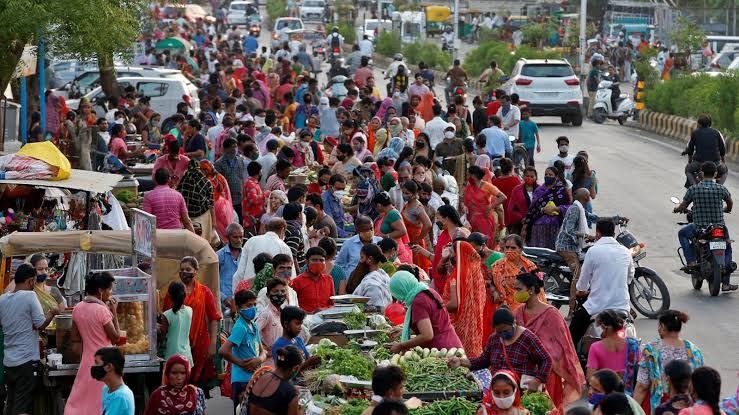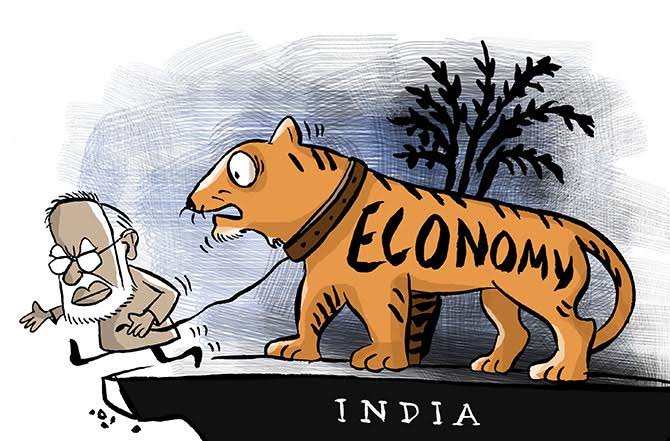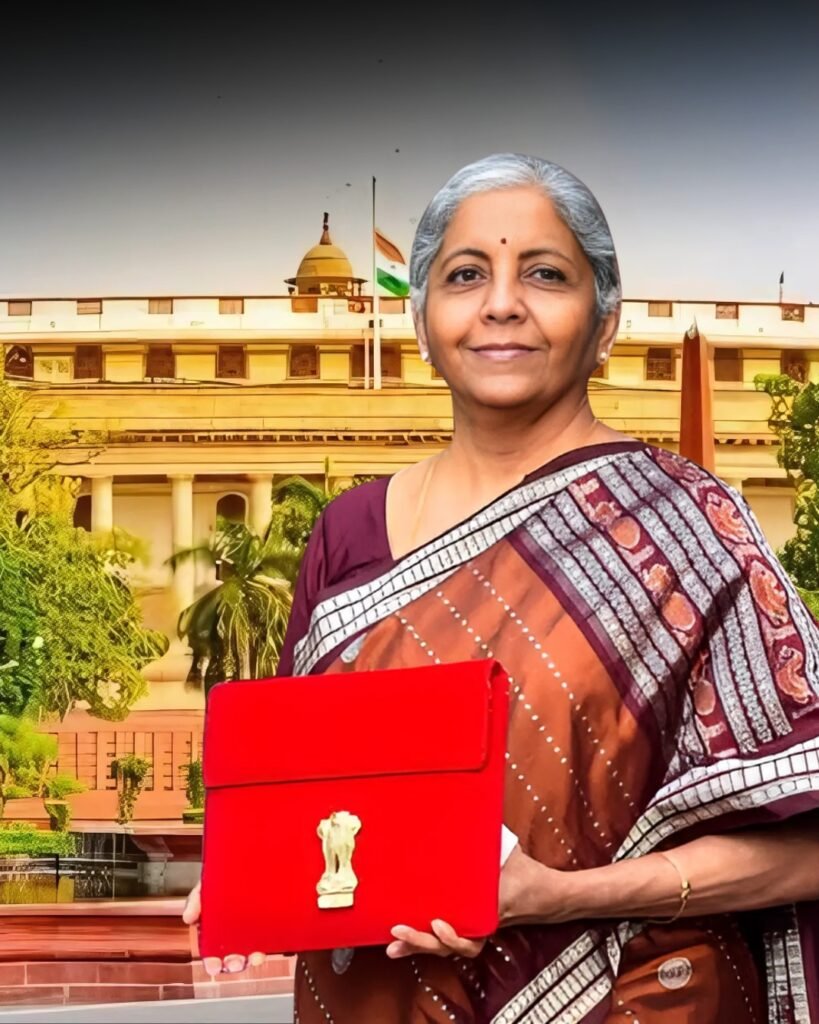Amid growing financial pressures, the government explores broader income tax reforms to support urban taxpayers and boost consumption.
Finance Minister Nirmala Sitharaman has shed light on the challenges and aspirations surrounding income tax relief for India’s middle class.
Acknowledging their struggles, she emphasized the government’s ongoing efforts to put more money into the pockets of salaried individuals, despite fiscal limitations.

In an interview with Times Now, Sitharaman said, “I respect the issue of giving relief to the middle class.
I wish to do more, but there are limitations in taxation. To make a difference for salaried people, the standard deduction has been increased from ₹50,000 to ₹75,000.
Exploring Broader Tax Cuts
The government is reportedly considering broader income tax reductions for individuals earning up to ₹15 lakh annually, a move that could potentially impact millions of urban taxpayers grappling with rising living costs.
Under the current tax regime introduced in 2020, incomes between ₹3 lakh and ₹15 lakh are taxed at rates ranging from 5% to 20%, while incomes above ₹15 lakh are taxed at 30%.
The proposed changes aim to provide incremental relief to taxpayers opting for this regime, which excludes popular exemptions such as those for housing rentals.
These adjustments align with the broader goal of stimulating consumer spending amid an economic slowdown.
Relief Measures for Middle and Higher Income Groups
Sitharaman highlighted the growing financial burden on middle- and high-income groups. The number of taxpayers earning between ₹50 lakh and ₹1 crore has surged by a staggering 440% over the last decade, reflecting the rising cost of living and financial pressures.
Besides tax tweaks, the government has also introduced initiatives targeting education and housing affordability.
Sitharaman elaborated on subsidized interest rates for student loans up to ₹10 lakh and benefits for affordable housing, which are designed to ease the financial stress on families.
Economic Challenges and the Path Forward

The push for these measures comes at a critical time when India’s economic growth slowed to its weakest in seven quarters between July and September.
High food inflation has curbed demand for consumer goods and vehicles, further complicating the financial landscape for many urban households.
To address these challenges, the upcoming Union Budget is expected to focus on taxpayer relief and measures to stimulate consumption.
By balancing fiscal constraints with the need for economic revival, the government aims to create a more resilient economy that supports its middle class and fosters growth.
Recent Stories |


